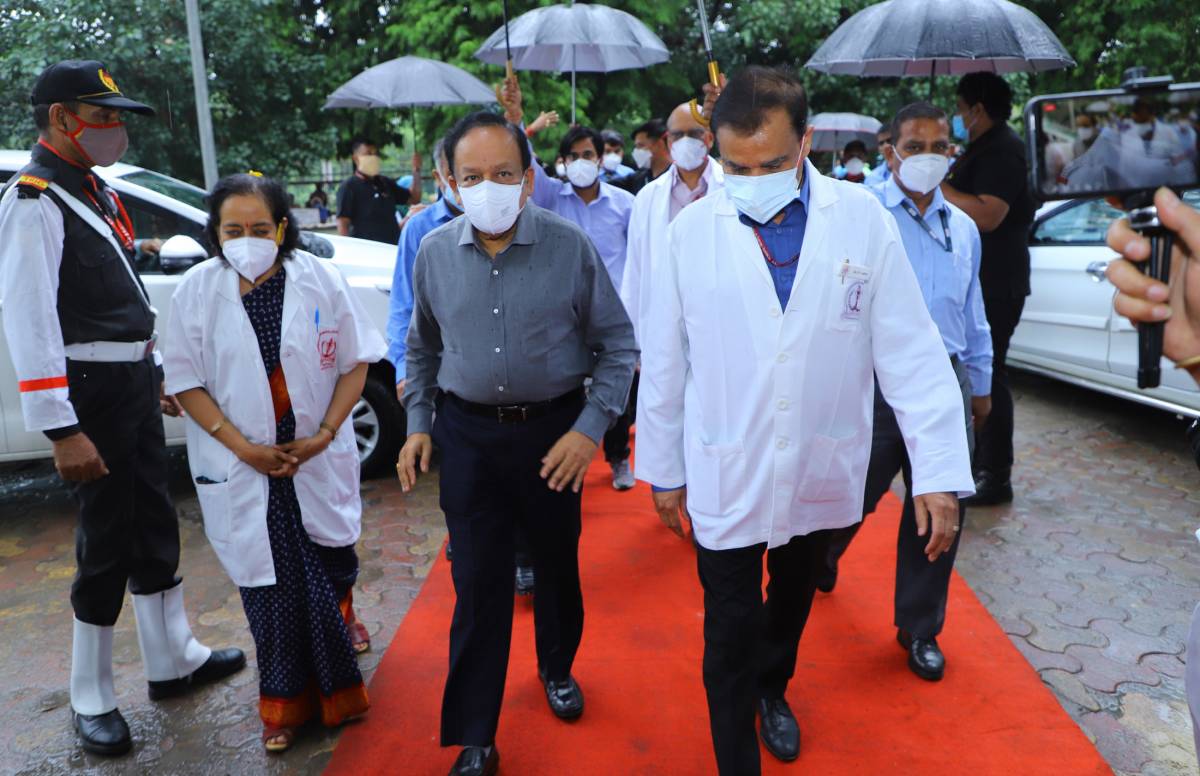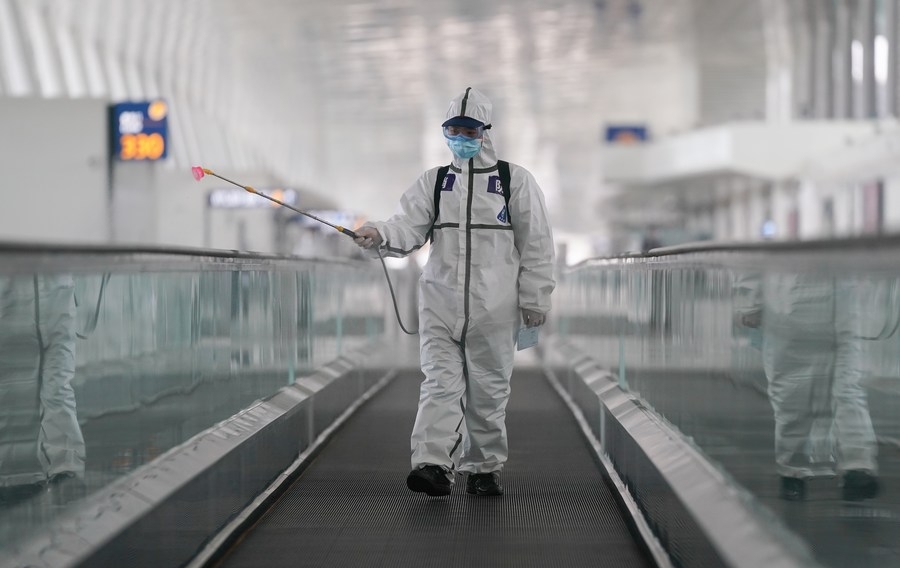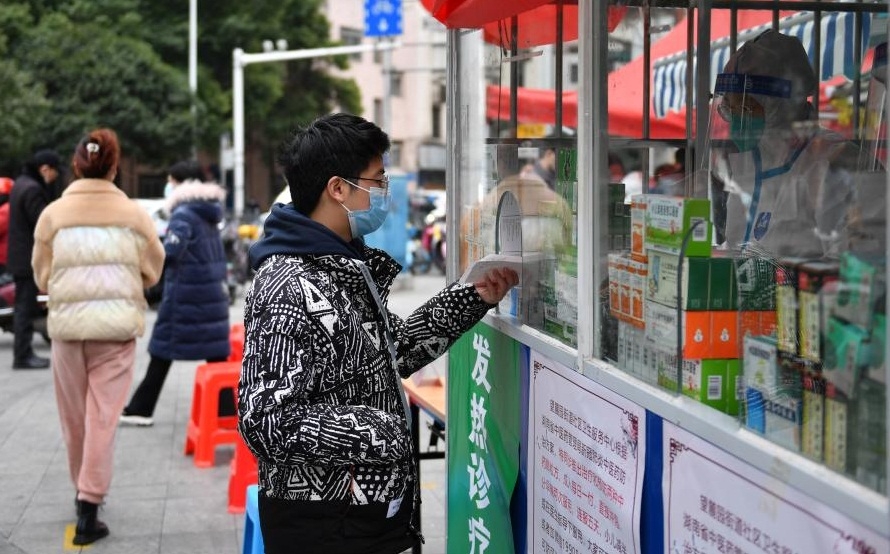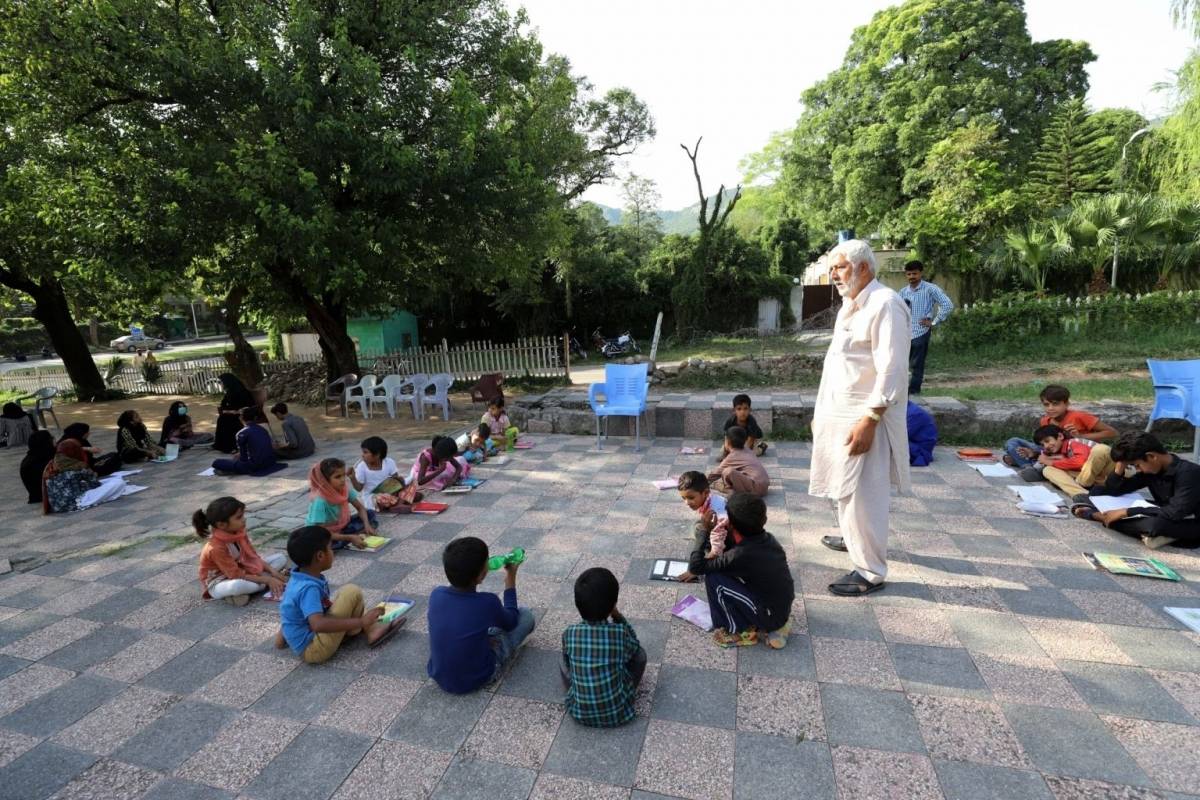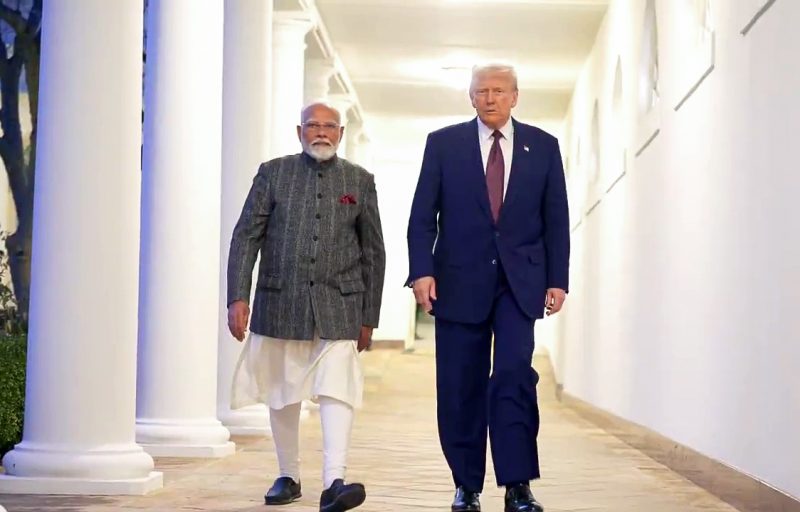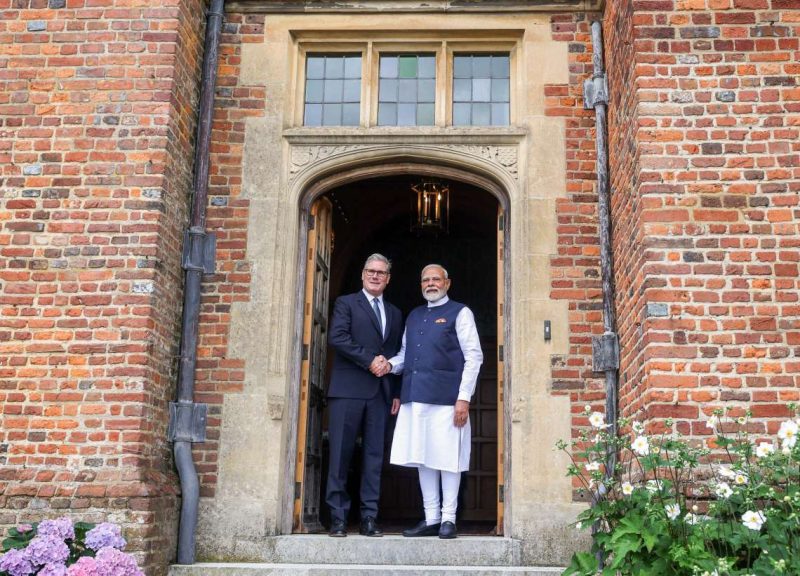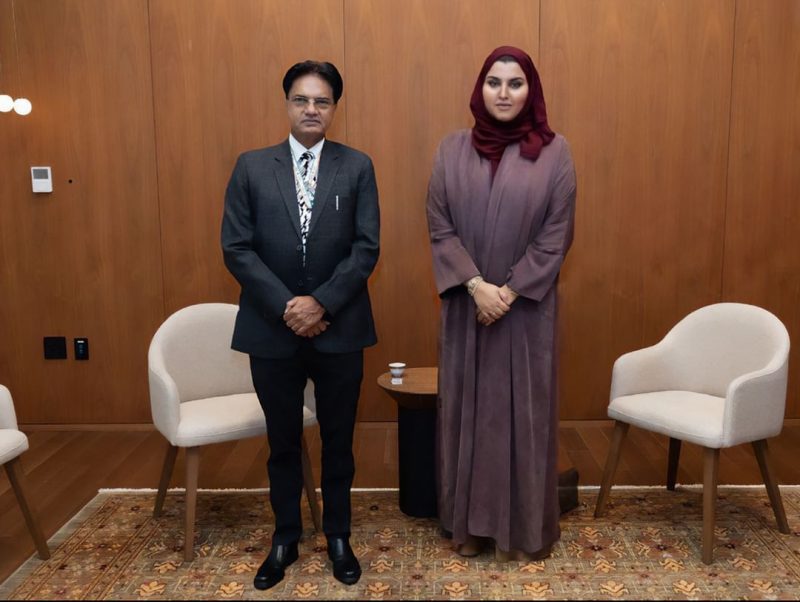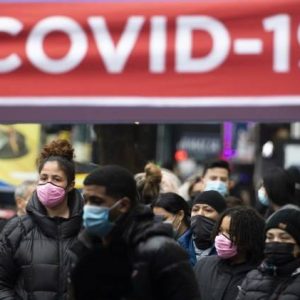It may not be wrong to say that since independence though India’s defence budget has grown at an annual average rate of 9 per cent, with India being the third largest military spender in the world in 2019, its spending on health sector has been coming down, writes Asad Mirza
During the continuing Covid pandemic, one fraternity, which has been eulogised for its dedication and services in India, is the medical fraternity. Till date as per the Indian Medical association (IMA), 1017 doctors have died during the current pandemic since last year. The actual numbers may be higher as the doctors association only keeps a record of doctors registered with it. India has more than 12 lakh practicing doctors.
Though every Indian is appreciative of the doctors and para-medical staff for their commitment to their profession and their unparalleled services to the needy, yet the overall medical system in the country seems to have collapsed and this forces us to ponder and analyse the reasons for this and its plausible answers.
India’s Health Budget
It may not be wrong to say that since independence though India’s defence budget has grown at an annual average rate of 9 per cent, with India being the third largest military spender in the world in 2019, its spending on health sector has been coming down.
It is a fact that the government’s spending on health sector in India has been stuck at around 1% of GDP for close to 15 years. In 2004, the Government of India made a commitment to raise public spending on health to at least 2-3 per cent of GDP over the next five years. That did not happen. A similar commitment was reiterated in the 2017 National Health Policy, which commits to increasing public spending on health to 2.5 per cent of GDP by 2025. Till now, we have not seen signs of any significant increase in health spending by the government.

The allocation for health in the Rs 20-lakh-crore ($260 billion) stimulus package announced by the central government last year on May 12, amounts to only 0.008 per cent of the country’s gross domestic product (GDP).
The package in reality incentivises the private health sector, whose contribution has been negligible during the pandemic. It is reported that private hospitals, handled less than 10 per cent of the critical load of Covid-19 patients, besides charging an exorbitant price for treating Covid-19 patients.
Since Independence, though the successive governments built a robust system of a primary health centre in big villages and densely populated localities, supplemented with a District Hospital in every district of the country. However, over the years this system has been led to rot and collapse, due to the pressure from the business lobbies, which made entry into the healthcare system of the country by 1990.
Basic infrastructure in the form of primary health care included maternal and child health care and family welfare services. Specialised health services were provided through government hospitals in the urban areas.

Though since 1951 the number of doctors in India has increased nine times. Yet, due to the population growth the average number of doctors per ten thousand population has increased only by three times.
In addition, India has fared poorly in its universal health coverage (UHC). This is the barometer by which every developed or developing country is judged as to how professionally, emphatically and proactively the respective governments provide medical care to its citizens. UHC is critical to ensure that all, especially the most vulnerable and marginalised groups, such as women, daily labourers, homeless and migrants are cared for and attended to medically at the least or negligible cost.
ALSO READ: ‘Moving Covid shots to India could benefit children’
The UN has included achievement of UHC by 2030 in its Sustainable Development Goals and proclaimed December 12 as the International Universal Health Coverage Day.
The Planning Commission in 2010, guided by the high-level expert group on UHC for India, envisioned UHC as a means to ensure that all people and communities could access preventive, curative, rehabilitative and palliative health services of assured quality.
However, we can’t say with confidence that India has been able to achieve any parameters of the UHC.
What ails our medical system?
Maybe, the current scenario of the poor medical system in the country has arisen due to the crass commercialisation of the healthcare sector in India, from education to management.
First, medical education was made expensive and then the corruption seeped in. This assured seats at the medical colleges for the undergraduate courses and post-graduate courses being allotted to people with deep pockets through the discretionary management quota of the private medical institutes, which mushroomed throughout the country.
Though the medical student or future doctors seemed committed professionally to the ethics and professional standards of their profession, but in reality they too had to recoup the investment, once they became active professionally.

Secondly, the corporate hospitals, which lured doctors at big salaries, further muddied the waters. They were governed mostly with strict corporate policies of generating more business for the management, which was guided only by the profit generation of his enterprise.
Further, an impartial analysis will reveal that the generalists’ bureaucrats, not the professional doctors manage every sector connected with providing health care facilities in the country. In such a scenario everything becomes expensive and a source of corruption.
India, which is known as pharmacy of the developing nations, is famous for its counterfeit medicines also. Added to this is the fact that the people who manage Drug Pricing are not professionally qualified. This further leads to seeping corruption and inflating prices, which might be 400-500 per cent of the actual production cost. Additionally generic drugs are not encouraged in the country, so ultimately a patient my have to shell out a bigger price for a product which might have cost a few rupees to manufacture.
The mushrooming of private speciality and multi-speciality hospitals across the country has also led to treatment getting costlier, as these hospitals are guided more by the profits than providing welfare or cure.

Way forward
To provide universal medical aid to every citizen of the country at the lowest cost we’ll have to restructure the whole medical system of the country. First, we’ll have to ensure that medical education is in government’s hand not with private institutes. Secondly, after becoming a certified doctor, through statutory guidelines every doctor should be made to work at a primary healthcare centre, which will make him more aware of the people’s troubles and also make him more emphatic to his patients.
Thirdly, drug pricing should be through a fair and transparent mechanism and should be focussed at providing the drug at the least cost to the patients and to generate not unhealthy but reasonable profits for the manufacturer. Fourthly, there should be strict laws against pharmaceutical companies approaching individual doctors at hospitals to help promote their products. Lastly and most importantly, the government should ensure that the management and administration of hospitals is in government’s hands and not the private sector, so as to ensure providing cost-effective medical facilities to every citizen of the country.
Overall, we may not be able to come out of this vicious cycle of corruption and nepotism, till the time we are able to give the reigns of managing the country’s healthcare system in the hands of the professionals instead of the bureaucrats.
(Asad Mirza is a political commentator based in New Delhi. He writes on Muslims, educational, international affairs, interfaith and current affairs. Email: asad.mirza.nd@gmail.com)
ALSO READ: India vaccinates over 10 million under 18-44 age group


